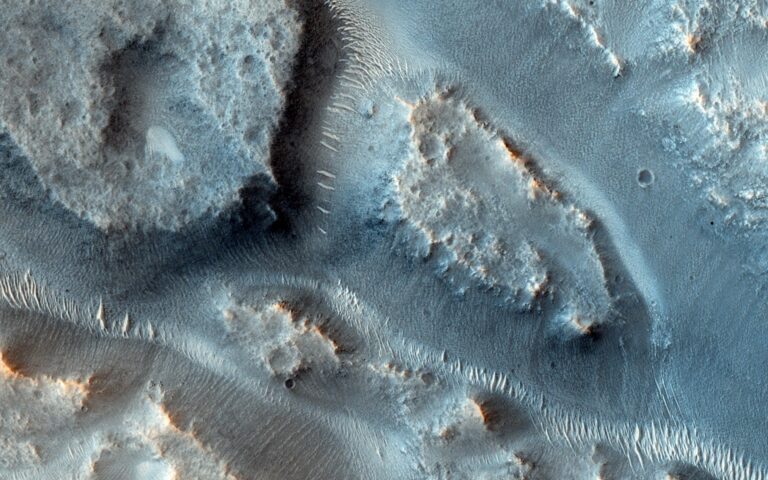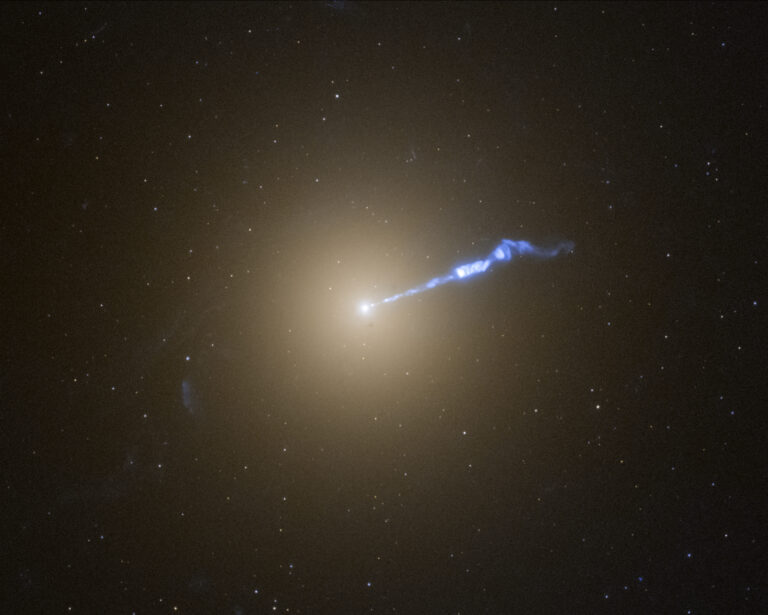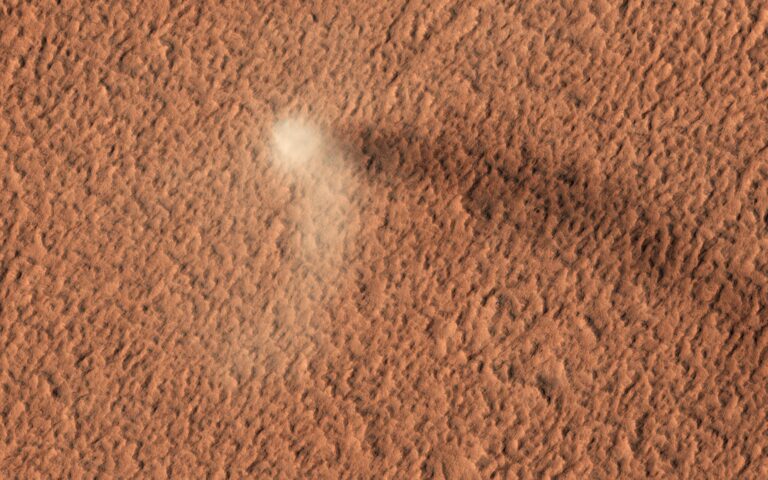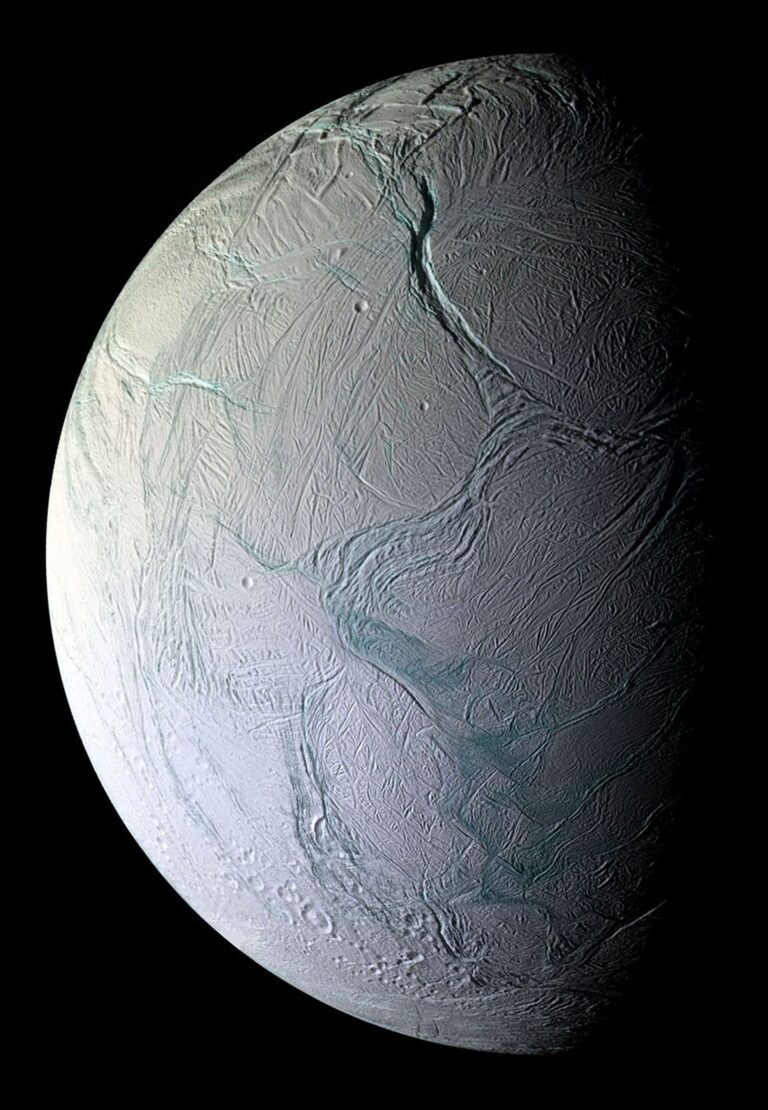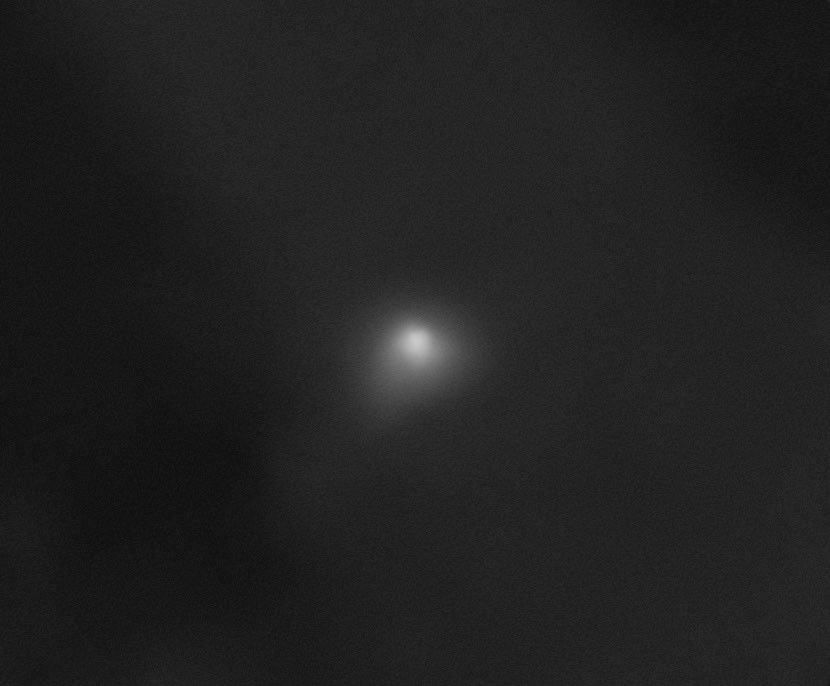
Key Takeaways:
- NASA hosted a livestream to present newly released images of Comet 3I/ATLAS, identified as the third known interstellar object to enter our solar system, while directly clarifying its cometary nature amid speculation of it being an alien spacecraft.
- The observation campaign was unprecedented, deploying a dozen NASA assets across heliophysics, planetary science, and astrophysics, with instruments frequently operated beyond standard parameters to capture the distant and fast-moving celestial body.
- Diverse missions, including Psyche, STEREO, Lucy, MAVEN, Mars Reconnaissance Orbiter (MRO), and the Perseverance rover on Mars, contributed imagery and spectroscopic data, notably providing the first instance of an interstellar object being imaged from another planetary surface.
- The comet's active state, spurred by its close approach to the Sun, facilitates the study of its composition, with ongoing observations and future data from the James Webb Space Telescope expected to further unveil the secrets of this unique interstellar "frozen fossil."
NASA hosted a livestream Nov. 19 to share newly released images of Comet 3I/ATLAS, the third known interstellar object to traverse our solar system. The unprecedented observation campaign utilized a dozen different NASA assets to track the visitor, capturing it with a combination of heliophysics, planetary science, and astrophysics instruments.
The briefing first addressed intense speculation — fueled in part by the recent government shutdown that silenced NASA over the last several weeks — that the visitor might be an alien spacecraft.
“This object is a comet … But this one came from outside the solar system, which makes it fascinating,” said Amit Shethria, NASA associate administrator, addressing the rumors head-on. He noted that the global excitement during the blackout “expanded people’s brains to think about … how magical the universe could be. And I’ll tell you, here at NASA, we think that every day.”
While many of the images show the comet as a faint, fuzzy dot, officials emphasized the difficulty of imaging 3I/ATLAS compared to the high-resolution photos of the martian landscape the public is used to seeing from missions like Perseverance.
“We can image individual grains [of sand] on Mars because we have spacecraft standing on Mars,” explained Tom Statler, lead scientist for Solar System Small Bodies in the Planetary Science Division. “But even our closest spacecraft to 3I/ATLAS, we’re still 19 million miles away.”
To obtain the imagery, engineers operated spacecraft instruments outside of their standard parameters, stacking multiple exposures and adjusting tracking to catch the fast-moving target. Observations began in earnest earlier this fall as the comet plunged toward the inner solar system.

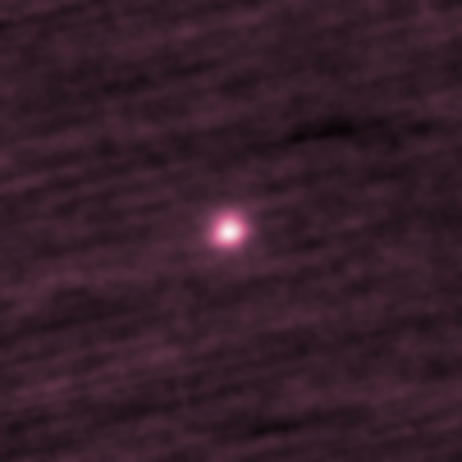




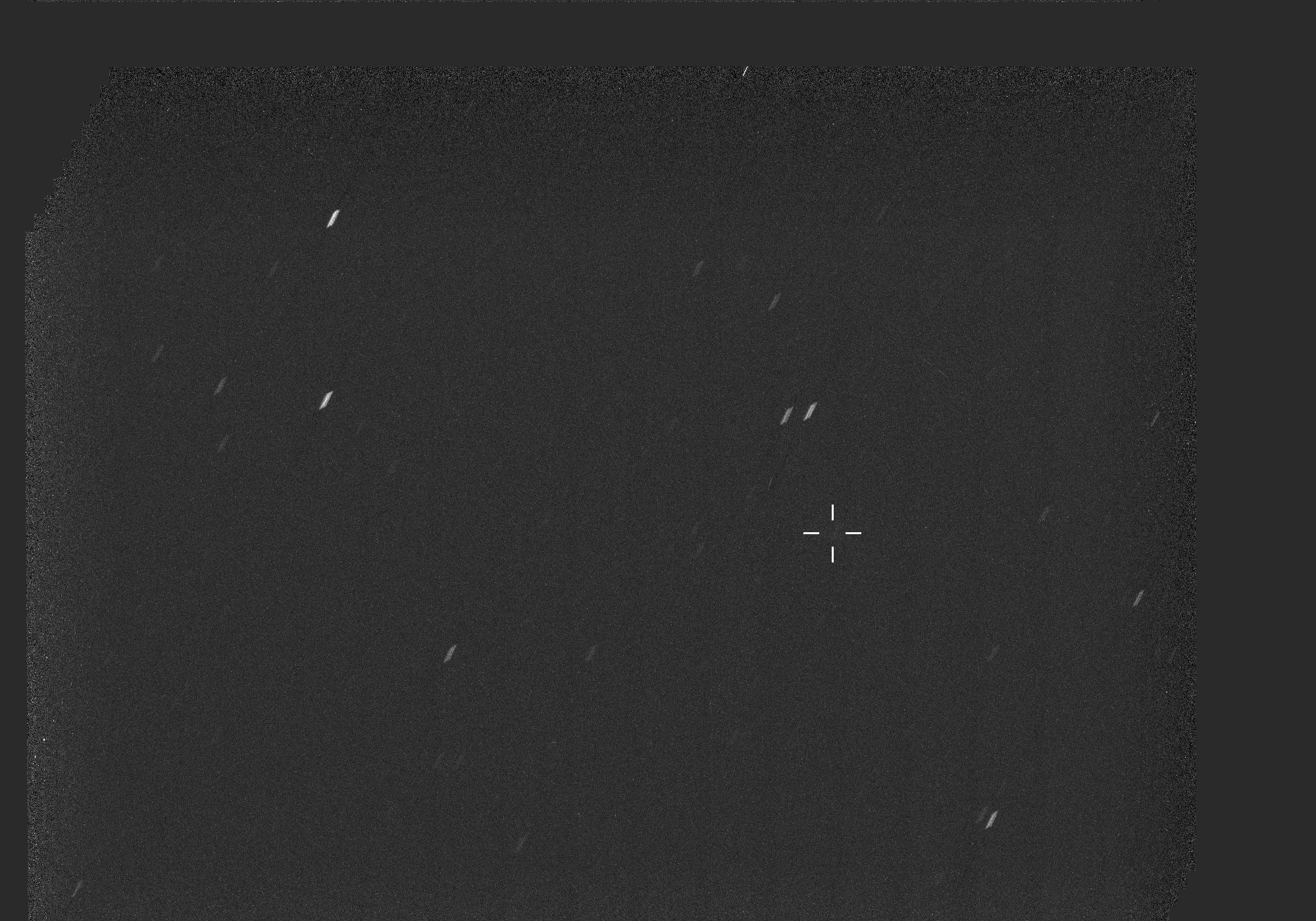
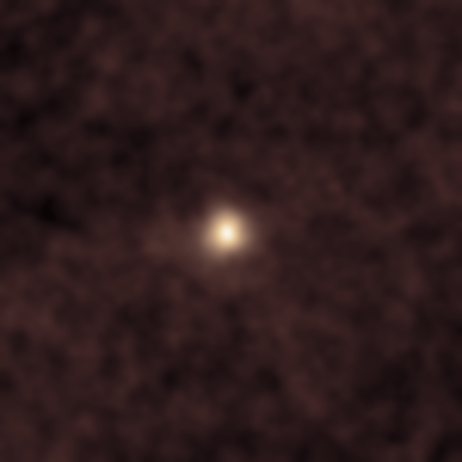
NASA also dropped a surprise during the briefing: Data from the Parker Solar Probe was recently downloaded, confirming that the spacecraft, which flies through the Sun’s atmosphere, also caught glimpses of the interstellar visitor.
The observing campaign is far from over. As 3I/ATLAS moves away from the Sun, it will remain visible to powerful telescopes. NASA expects upcoming observations from the James Webb Space Telescope to track the object farther than any other observatory, potentially unlocking the secrets of this “frozen fossil” from another system.
For Nicky Fox, associate administrator for NASA’s Science Mission Directorate, the chance to study the visitor as it passed our Sun is a profound stroke of luck. Although it’s already made its closest approach to the Sun, 3I/ATLAS remains an active comet while it is warm enough to release ices.
“It isn’t just about … us sort of saying, ‘Oh, look, there’s a frozen object moving through.’ But as it’s almost waking up and showing us its composition … that’s allowing us to be able to do this great science,” Fox said. “If it had just remained frozen all the time, we wouldn’t know much about it. But it is its rendezvous with our star that is allowing us to really do this amazing science. And that, to me, makes me feel almost privileged to actually be able to unlock the secrets as this cometary object is coming around and rendezvousing and interacting with our solar system.”
For more images and data, visit NASA’s Comet 3I/ATLAS page.



